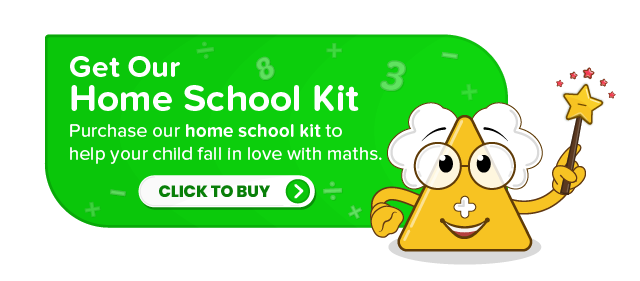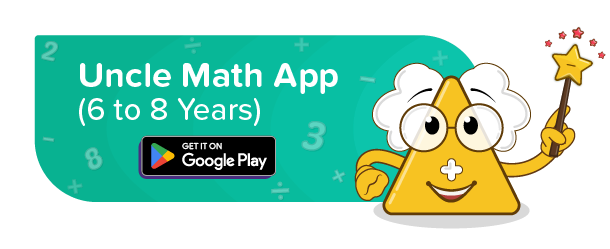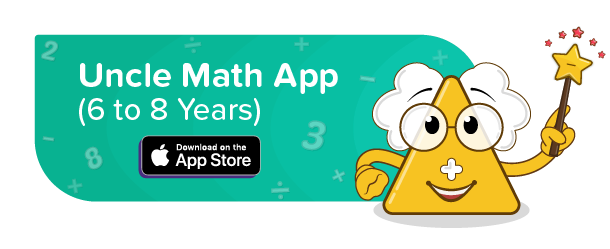Time
Telling time on an analog clock is a lot more complex than you may realize—that is until you start trying to teach this skill to your child. Reading a clock requires an understanding of various mathematical concepts and the ability to synthesize these concepts together in a complex process. A conceptual understanding of the passage of time itself is also vital in understanding how to tell time.
Introduction to clock/watch:
A clock is a device used to tell time. Moving hands on the face of a clock point to the current hour, minute, and second. A clock can be big enough to be in a giant tower. A clock can also be small enough to fit on a person’s wrist, which is called a watch.
- A clock or watch that contains moving hands and hours with markings from 1 to 12 to show the time is called an analog clock. A day has 24 hours.
- 60 seconds make a minute.
- 60 minutes make an hour.
- In an analog clock morning to noon period is indicated using numbers 1 to 12 followed by a.m. (Ante meridiem) and afternoon to night time is indicated using numbers 1 to 12 followed by p.m. (Post meridiem)
Reading analog clock:
| Numbers | Minutes |
| 1 | 5 minutes |
| 2 | 10 minutes |
| 3 | 15 minutes |
| 4 | 20 minutes |
| 5 | 25 minutes |
| 6 | 30 minutes |
| 7 | 35 minutes |
| 8 | 40 minutes |
| 9 | 45 minutes |
| 10 | 50 minutes |
| 11 | 55 minutes |
| 12 | 60 minutes |
Eg: In the above clock the hour hand is at 1 and the minute hand is at 6. That means it is 30 minutes past 1.
Digital clocks:
A digital clock is an alternative to a traditional analogue clock. This type of clock shows numbers to display the time in a digital format. The major difference between digital and analog clocks is that analog clocks use pointed hands to indicate time whereas digital clock doesn’t.
Different ways of teaching:
Teaching through stories:




